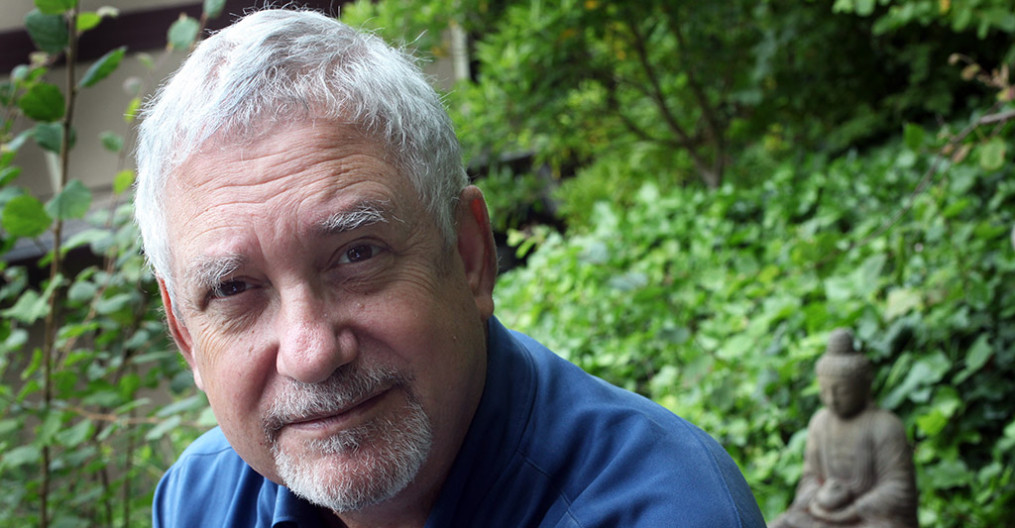The last post on aging parents garnered more comments than any other in the history of this blog, so clearly this is a topic that touches many people. The experiences people have range from the touching and poignant (“Do you know who I am, Mom?” “Yes, you’re my baby”) to the heartbreaking (the father whose dying words were obscenities). As I said in my last comment to the previous post, “These posts explore the pain that is at the very center of what love is, and what life is.”
The cultural context for our Western way of dealing (or not … Read More

 I believe there is a Yoga of Aging. The word “yoga” has come to mean the various classes and workshops that people go to for stretches, postures, and the associated benefits to health and energy. Since it was first introduced here early in the 20th century, yoga has grown tremendously and is now an integral part of the cultural landscape. But the word originally included the entirety of spiritual practices developed in ancient India; the physical yogas so popular today are only one of them.
I believe there is a Yoga of Aging. The word “yoga” has come to mean the various classes and workshops that people go to for stretches, postures, and the associated benefits to health and energy. Since it was first introduced here early in the 20th century, yoga has grown tremendously and is now an integral part of the cultural landscape. But the word originally included the entirety of spiritual practices developed in ancient India; the physical yogas so popular today are only one of them.